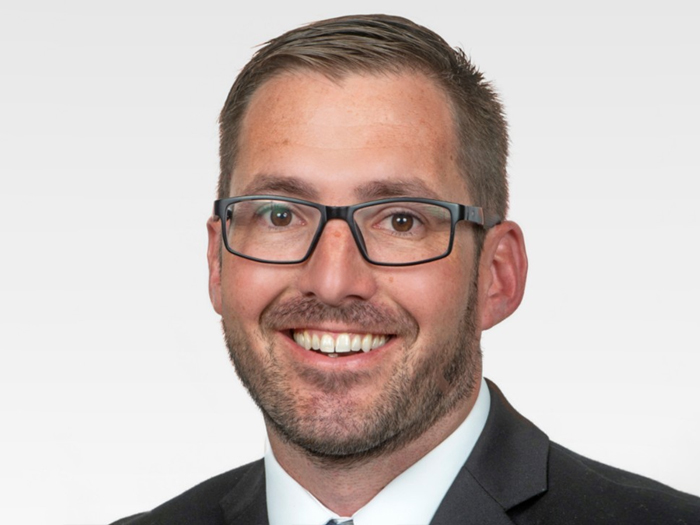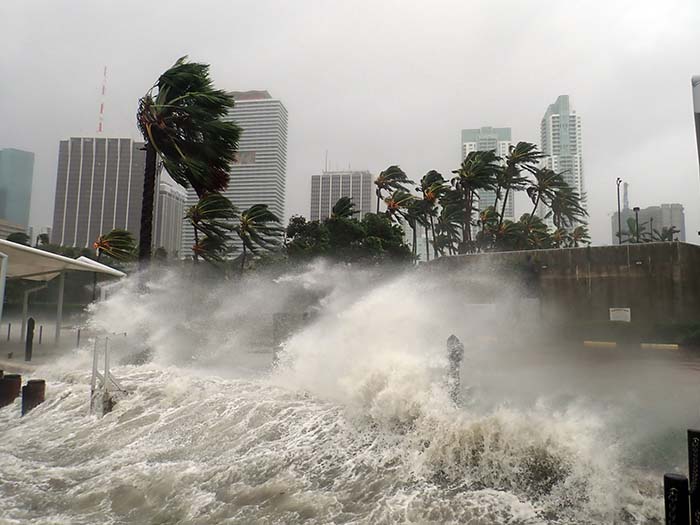Eye-Opening Sexual Harassment and Discrimination Claims Pock the D&O Landscape

Directors and officers face a slew of challenges on all fronts as businesses emerge from the COVID-19 crisis into a new risk environment.
That’s the view of Sridhar Manyem, director, industry research at A.M. Best, who presented on the subject at virtual RIMS LIVE 2021.
Among the biggest problems they will have to contend with coming out the pandemic, he said, are increased litigation stemming from sexual harassment and discrimination; social inflation; cyber risk; and environmental, social and corporate governance.
“There may be light at the end of the tunnel as far as the pandemic is concerned,” said Manyem. “Yet, we haven’t seen the end of directors and officers (D&O) lawsuits alleging companies misrepresented claims in industries such as life sciences, cruise ship operators and health care.”
“With the effects of various stimulus packages such as the CARES Act and other forbearance mechanisms offered to businesses now unraveling and distressed firms still reeling from the effects of lockdown, we could well see the emergence of more COVID-19-related claims,” he said.
The spotlight has fallen firmly on sexual harassment and discrimination in recent times, driven by the Black Lives Matter and #MeToo movements, said Manyem.
Corporations’ policies, history, culture and controls have all come into sharp focus, he said, with those who have fallen foul of the behavior code suffering untold reputational and financial damage as their directors and officers have been dragged through the courts.
“This is not merely event-driven,” said Manyem. “In some cases where corporations have put particular emphasis on diversity in their disclosures such as annual reports, but have failed to put them into practice, they can soon find themselves at the center of protracted and agonizing legal action.
“They also need to be aware of legislation, such as in California, where diversity is required in a board’s composition, with other states likely to follow suit.”
Social Inflation Problems
Social inflation, which is fast-becoming a perennial issue for insurers, has also been exacerbated by the establishment of litigation financing as an asset class, said Manyem. This in turn, he said, has resulted in increased frequency and severity of litigation.
With ransomware attacks on the rise too as more employees work remotely, and networks and security engineers are stretched to the limit, Manyem said that cyber security claims are also spilling over into D&O.
Added to that, regulation such as the European Union’s General Data Protection Regulation and the California Consumer Protection Act have shifted the onus of cyber security responsibility onto directors and officers, he said.
“Directors and officers now have far greater responsibility to ensure that they implement appropriate controls to prevent data breaches, as well as maintaining oversight of cyber risk management, including risk mitigation measures such as risk controls and transfer mechanisms,” said Manyem.
“That isn’t going to slow down anytime soon.”
At the same time, Manyem said that the new Biden administration has put climate change at the top of its agenda, with its first act the rejoining of the Paris Agreement.
This is likely to manifest itself in enhanced disclosure requirements for companies, placing even greater responsibility on directors and officers to conform to sustainable practices, policies and controls, he said.
Hardening Market
While many commentators believe that D&O is in a hard market, Manyem said that it hasn’t reached that point just yet.
Direct premiums written have increased by 38% or about $4 billion in 2020, more than double the 17% rise in 2019, after remaining flat between 2014 and 2018 due to a ready supply of capital and a reinsurance market where property and casualty (P&C) pricing had hit rock bottom, he said.
This was borne out in fourth quarter 2020 earnings calls where large insurers such as AIG, Axis and Everest reported more than 35% rate increases, said Manyem.
Despite the premium increase, Manyem said that the direct loss ratio has continued to climb steadily to 60%, 11 points higher than the 10-year average of 55.4%. Simultaneously, however, Cornerstone Research has found that class action lawsuits have decreased to 334 in 2020 from 427 the previous year.
Despite being significantly higher than the long-term average, it provides hope for prospective loss ratios, said Manyem.
Average settlement values, meanwhile, are on the rise, with values in the region of $54 million, above the 15-year average, said Manyem.
Defense cost containment expenses are also mounting, he added, reaching a peak of around $1.1bn in 2020, accounting for 13% of direct premiums earned: higher than the 10-year average of 11% and most other P&C lines.
“Society is becoming more litigious, and the economy and stock markets are still in considerably uncertain territory as we continue to recover from the global pandemic,” said Manyem.
“But amidst all this doom and gloom the market conditions are finally tightening and are starting to favor the supply side.”
Following the price decreases during the soft market of 2004 to 2010, Manyem said that rates have continued on an upward trend.
However, in capacity terms, more than 50% of respondents to an A.M. Best and the Professional Liability Underwriting Society survey believe that D&O capacity will be constrained, while only 10% were hopeful terms and conditions will ease.
“The one bright spot is that some established insurers are taking advantage of the hardening market and new entrants will create greater capacity,” said Manyem.
“While A.M. Best maintains a negative outlook on the professional liability market, we view D&O insurance as a vital component to the marketplace that ensures that directors and officers continue to provide adequate and appropriate oversight of their business on behalf of their stakeholders.” &











